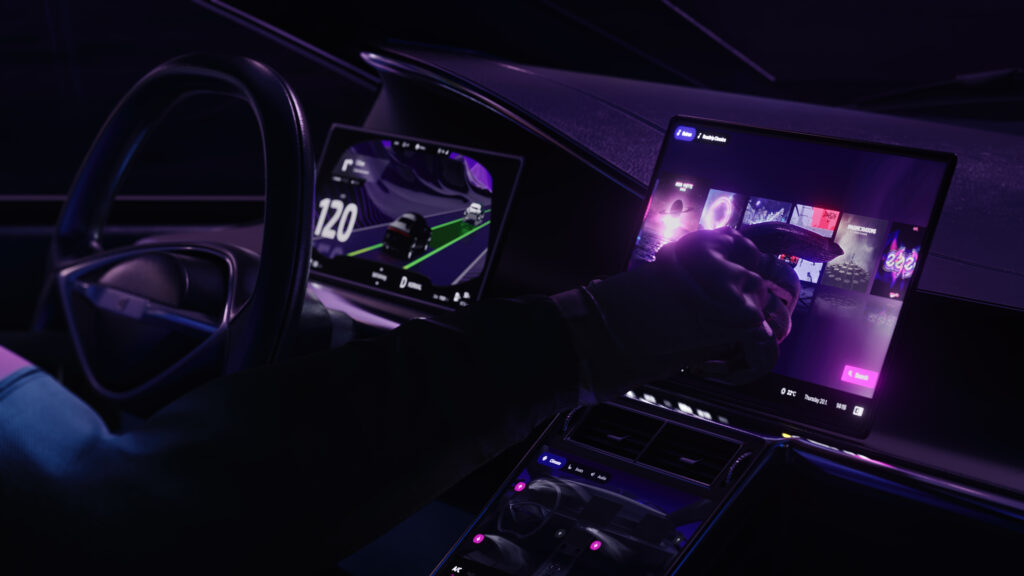According to a research study conducted on behalf of Qt Group, vehicle manufacturers are directing development budgets toward improving user interfaces and the user experience (UI/UX) to enhance their competitiveness.
Findings showed that more than half (52%) of respondents plan to spend at least 30% of their product development budget on improving UI/UX in vehicles over the next 12 months, with 23% planning to invest between 40-49% of that budget in UI/UX. In contrast, only 25% of respondents allocated above 30% of their budget towards UI/UX in the previous year, indicating growing recognition of the link between UI/UX and business success.
However, respondents also say that macroeconomic conditions, such as worldwide economic downturn and inflation, have negatively affected their product development in the automotive industry. Roughly 36% of automotive OEMs say they’ve seen profit margins decrease, while 43% had to raise product prices.
“Despite constrained margins, the ever-increasing digitalization of vehicles – evident by the move toward driverless cars, augmented reality and sensorial UX – is motivating OEMs to take full ownership of the entire software stack within vehicles,” said Miao Luo, head of automotive and design at Qt Group.
“The desire to control their own platforms likely explains the increased spending we’re seeing on UI/UX. It’s a stark showcase for how intrinsic software and the car HMI have become to the sector and its growth.”
Although auto makers are facing significant challenges, innovation continues to accelerate. In fact, 27% of automotive manufacturers cited innovation from competitors as a big reason for investing in improved UI/UX. The technologies seeing the most investment to develop or enhance UI/UX in vehicles include digital twin technology (32%), virtual assistants (29%), companion devices (27%), companion apps (23%), and AR/VR (23%).
According to 34% of respondents, managing software maintenance and update requirements has become a top barrier for delivering innovative UI/UX. More and more, automotive OEMs are using advanced computing platforms and devices to meet their vehicle software’s needs, with some even tapping into consumer grade system-on-chips and operating systems. With so many disparate systems at play, OEMs are facing the challenge of consolidating all that software within the vehicle cockpit.
To mitigate that challenge, automotive respondents said they are adopting a number of solutions: 26% are employing cross-platform development tools to increase operational efficiencies and consolidate software updates and deployment across a plethora of environments. Another 30% are ‘rewriting software’, while 34% are ‘streamlining’ their product lines.
“While most of the automotive industry agrees that innovating on UI and UX is key to success in the current market, managing this process does raise challenges for auto makers,” said Luo. “As manufacturers introduce new UX, they need to be able to update software across their vehicles that are already on the road, without needing to purchase new or additional hardware.
“So, for auto makers to design the car HMI of the future, they need to have the right tools to support them. Cross-platform development tools and frameworks can help device manufacturers here, allowing them to design once, develop, test, and deploy everywhere, across all brands and configurations, improving efficiency, while reducing time to market.”


